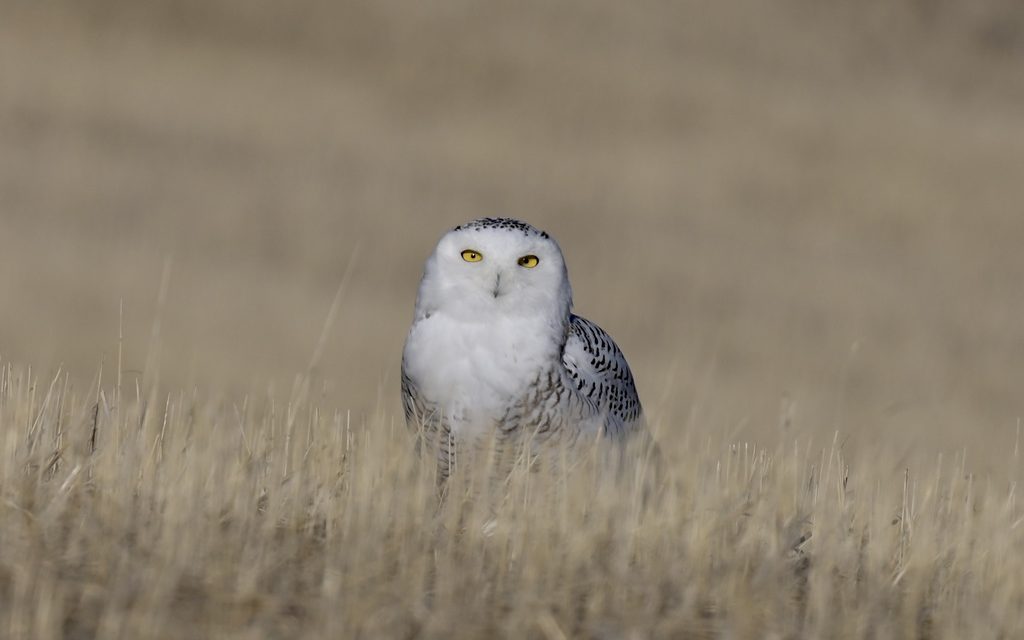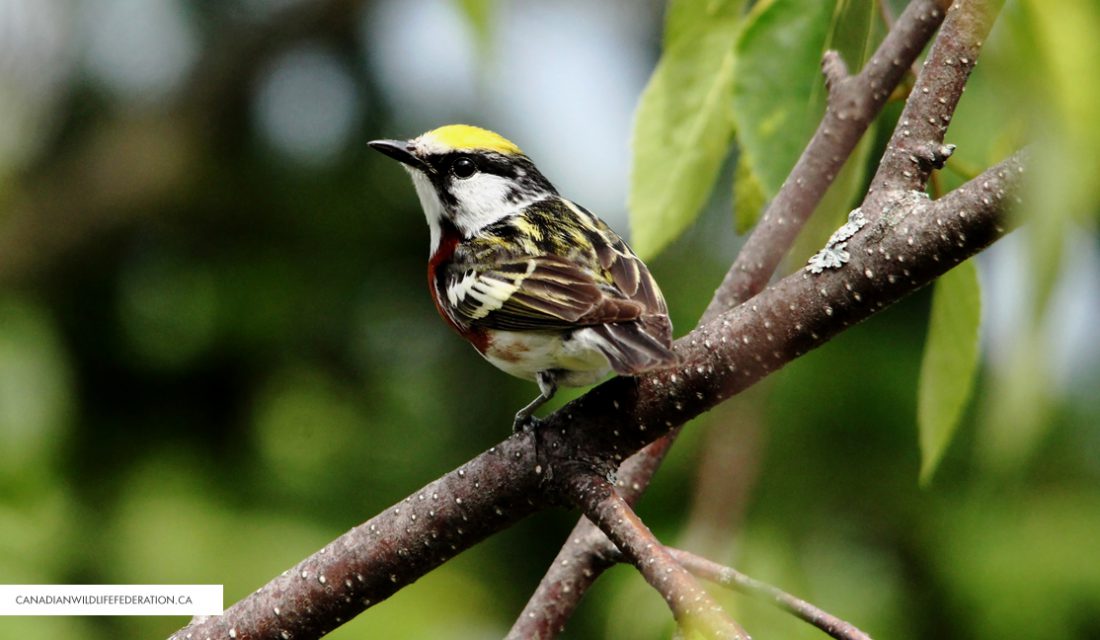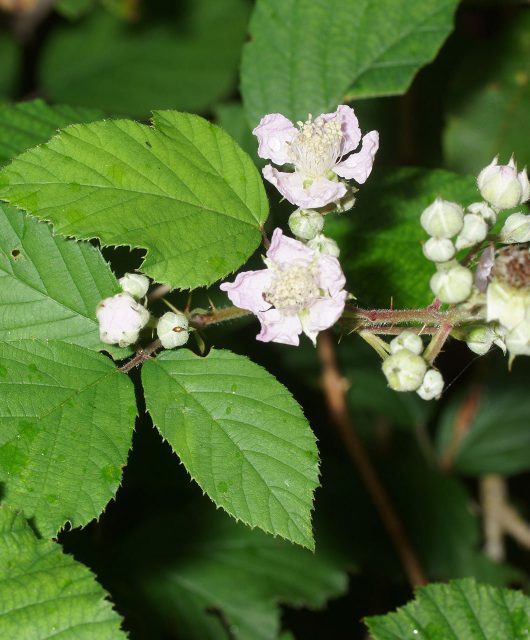Imagine a bounty of meadows and marshes, winding rivers and rushing streams, lush forests and hilly fields, right in your own backyard.
Driving slowly or walking along winding country roads, hiking nearby trails or peering into calm forests and marshes, you are about to discover – if you haven’t already – the intriguing and satisfying hobby of bird watching.
Probably 10 per cent of the people in the western world are already birdwatchers. Probably another 50 per cent know something about birds but haven’t taken them seriously. The rest of you haven’t really thought about bird watching because you don’t know much about it. This post is addressed to the last group.

New to Bird Watching
Did you know that if it weren’t for birds our whole way of life would be drastically different? How’s that, you say? If it weren’t for birds, insects would eat our crops and trees. Birds are very high up on the chain of maintaining a healthy balance in our ecosystems. Birds provide a beauty and movement of life that is vital to our own quality of life.
Bird watching is an exciting and healthy hobby, done alone or in the company of friends. Bird watching is an introduction to our natural environment. It’s easy to get started. Just make a list of all of the birds you already know. You’ll be surprised to find you can recognize the robin, crow, chickadee, hummingbird, red-winged blackbird, Canada goose and blue jay. That’s a good start. Whether or not you live in a city, town or rural area, birds are all around you.
 How to Start Bird Watching
How to Start Bird Watching
When beginning your new hobby, go slowly. Don’t get overwhelmed with the over 200 species of birds in your area. Get yourself a small pocket notebook and begin listing all of the birds you see as you go about your daily routine. If you can, grow native trees, shrubs, vines and perennials, encouraging your winged friends to use your garden for resting, nesting as well as feeding. You can supplement with a feeder and put out a bowl of water and list the thankful little fellows that come in to gain sustenance. Keep a daily list and also begin building a life list, where you write down each individual species you come across.
Next, you should consider getting a good field guide on bird species. Peterson’s Field Guide to the Birds is the most common, but personally, I prefer the National Geographic’s Birds of North America. Most guides show colour pictures of the birds, grouped in families, and tells where they range and what their key ID marks are. To help you figure out what birds you are seeing, pay attention to their shape, size and markings. These points may also tell you about the bird’s habits; for examples, stout bills are used to crack seeds and thin bills are used for catching insects. Also watch how the bird flies – along a straight path, or in an undulating, or up-and-down pattern – and the environment in which you find it. These factors might make a difference in telling one bird from another.
Then you should start saving up for a good pair of binoculars. Don’t waste your money on cheap ones. Go to a store with an expert who can give you good advice. Binoculars have different ranges and scope, but the best measure for beginners is either 7 x 35 or 8 x 42. Now that you have your “bins,” guide and notebook, you are ready to take to the field.
 Where to Start Bird Watching
Where to Start Bird Watching
Start with your own garden and surrounding neighbourhood. You’ll be surprised what birds you find on buildings, in trees and in parks. Early morning is the best time to go bird watching, for this is when birds tend to move about more, looking for energy-giving food. Take your time; set a goal for, say, ten species; find them in your guidebook and don’t forget to list them. Tell your friends all about what you are doing and entice them to join you.
At this stage, I am sure you want to know more. It’s time to start looking around for resources. Check with your nearest nature store for local guide material on where to go bird watching. Talk to store staff about contacts. Look in your local newspapers for bird information columns. Go online to find all sorts of information. Look for advertisements for local birding walks conducted by experts.
Perhaps the next important step in your new hobby is to join a group. Check your recreation departments for listings of birding clubs or field naturalist clubs. If you can’t find any, perhaps you should start one.
 A Life-long Adventure
A Life-long Adventure
Once you get started on your new adventure with the birds, you’ll find it difficult to stop. Bird watching becomes a life-long pursuit for that one more bird to add to your life list. However, you must keep in mind birds are not here for your enjoyment; they need your help to ensure their survival. Here is a Birder’s Code of Practices for you and your group to consider:
- The welfare of birds must come first.
- Habitats where they live must be protected.
- Keep disturbances of birds and their habitat to a minimum.
- When you find a rare bird, think carefully about whom you tell.
- Do not harass any bird for that perfect view or photo.
- Abide by bird protection laws.
- Respect the rights of land-owners.
- Respect the rights of other people around you.
Enjoy your new hobby of bird watching. I just know it will enrich your life as it has mine.






4 comments
These posts are a wonderful idea. Really like them.
Thank you